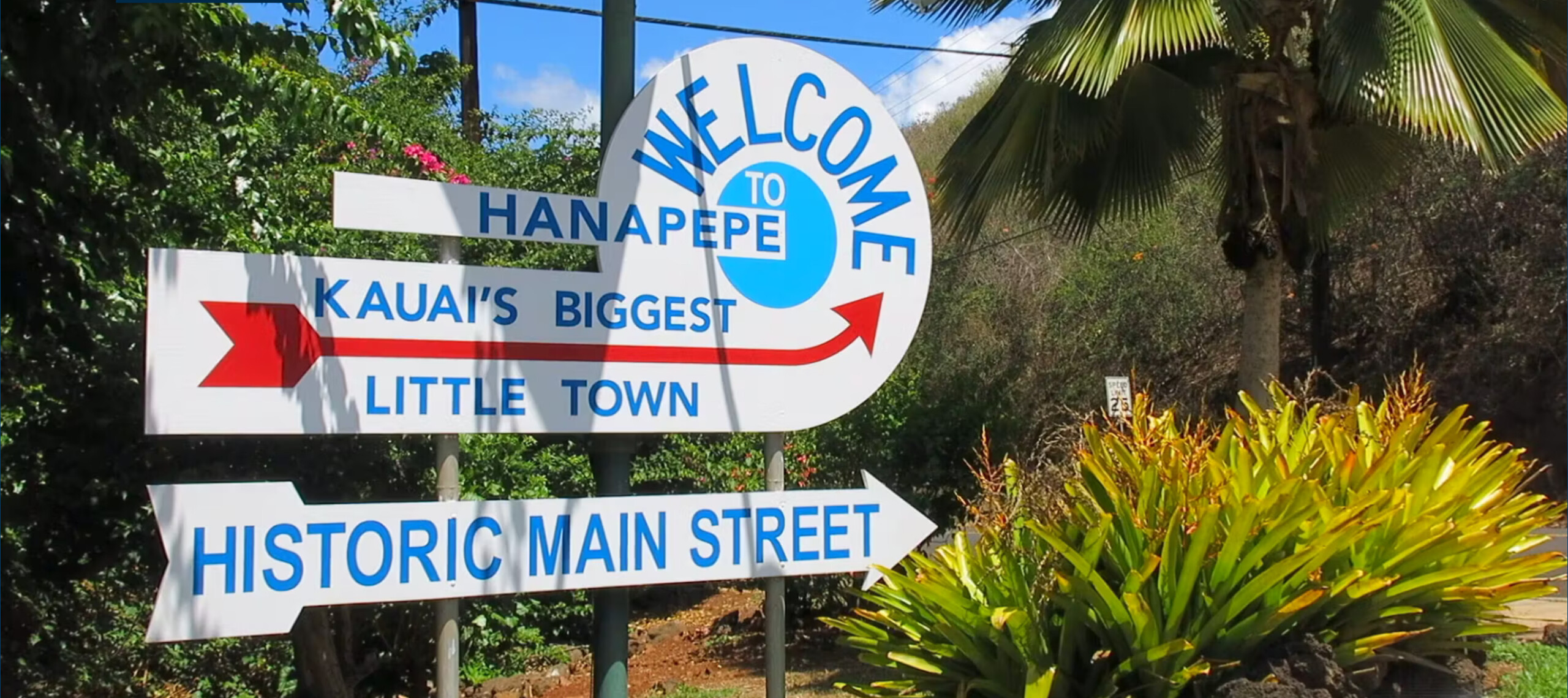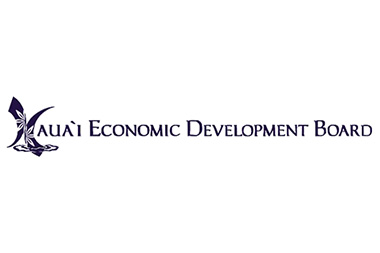By Tommy Noyes

Bicyclists are seen here on the intersection of Hardy and Rice streets. Contributed photo by Bev Brody
Lihu‘e now has three street side locations that are painted for back-in parking — Hardy Street’s Wilcox Elementary School and the Hawai‘i State Building, and on Eiwa Street near the Kaua‘i Museum. I think back-in parking makes a lot of sense for many reasons.
When you’re looking for a place to park, obviously the first step is to find an empty parking space. For traditional nose-in parking, you’ll pull directly into the empty parking space. For back-in parking, you’ll spot the empty space, pull slightly past it, stop, and reverse into the empty spot. So far, the traditional parking spot is easier to maneuver into, but that’s only the first step.
In second step, you and your passengers exit your vehicle. For nose-in position, the opened doors direct passengers towards the traffic, but when back-in parking, the opened doors direct occupants towards the sidewalk. With small children, this is a significant safety measure, minimizing opportunities for exuberant children to unexpectedly dart into traffic.
The benefits of back-in parking become more obvious when exiting the parking space. When you put stuff into the rear of your vehicle, you do it from the safety of the sidewalk. If you parked nose-in, you’ll be loading your vehicle with your okole hanging out in traffic.
Then it’s time to exit the parking space into the flow of traffic. If you parked nose-in, you’ll be sitting at the steering wheel, facing the sidewalk. The vehicles parked on your right may well block your vision, hiding oncoming traffic. You’ll back out essentially blind into the oncoming traffic. This creates a dangerous situation for approaching bicyclists riding in a bike lane or on the right side of the travel way. The bicyclist may be forced to abruptly swerve into the travel lane or crash into your car as it backs out of the stall. Conversely, if you backed in when you parked, then when you exit the parking space after settling in behind the wheel, you are in a much better position to see all the oncoming traffic, and time your maneuver safely.

Tommy Noyes
Two additional new features on Hardy and Eiwa streets are the use of “sharrows” and non-skid green paint in the bicycle lanes. Many people wonder what those little bike symbols mean and why they’re painted on the road. Shared lane pavement markings, or sharrows, are bicycle symbols carefully placed to guide bicyclists to the best place to ride on the road, avoid opening car doors, and remind drivers to share the road with cyclists. Unlike bicycle lanes, sharrows do not designate a particular part of the roadway for the exclusive use of bicyclists. They are simply a marking to help motorists expect to see and share the lane with bicyclists.
The green patches encourage heightened vigilance by highlighting intersections, reminding motorists that bicyclists may be approaching and crossing in front of them.
- Tommy Noyes is Kaua‘i Path’s executive director, a League of American Bicyclists Certified Instructor and active with the Kaua‘i Medical Reserve Corps.
Discover more from ForKauaiOnline
Subscribe to get the latest posts sent to your email.





Leave a Reply